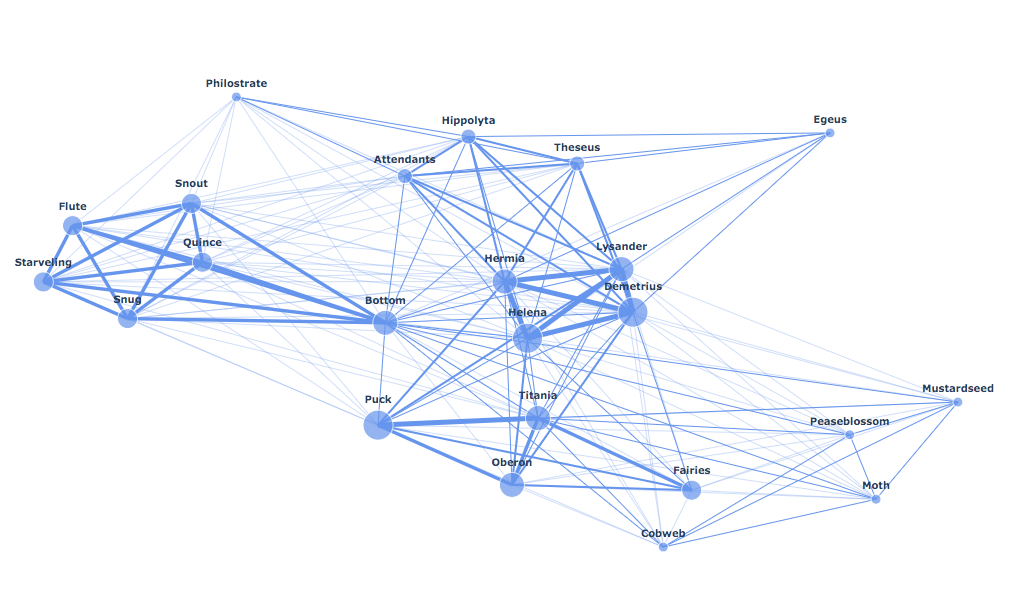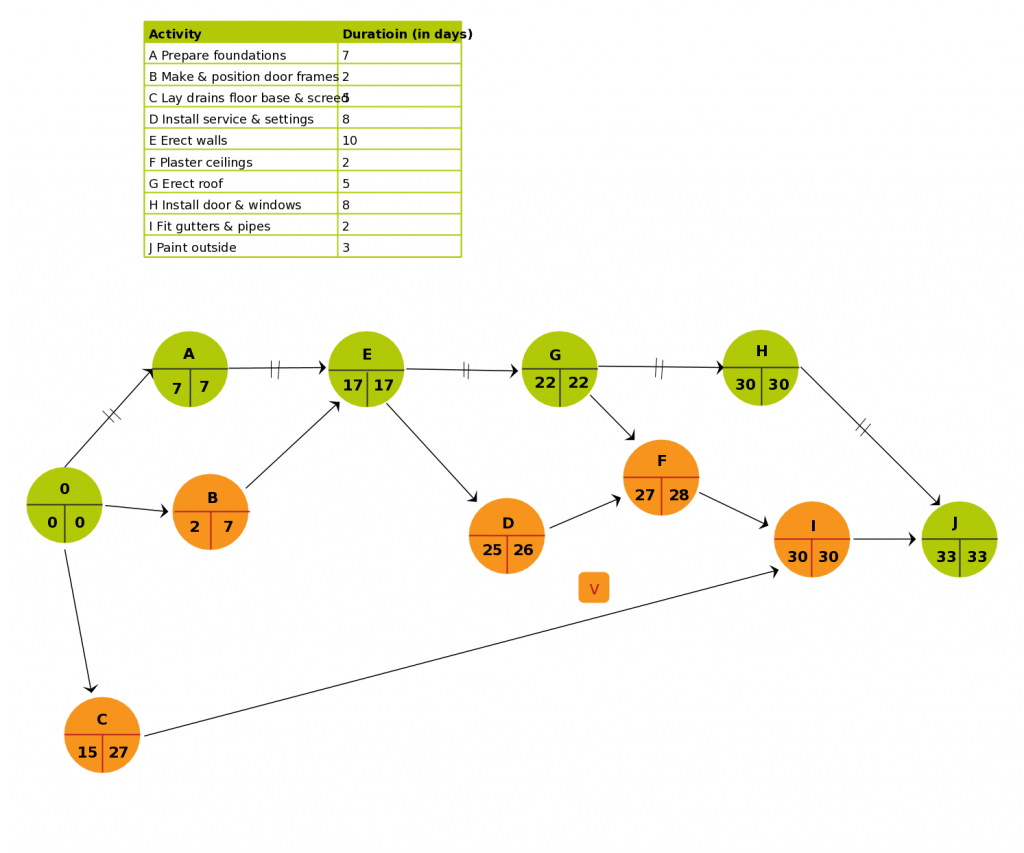A node diagram is an integral part of the data analysis world, assisting in the visualization and interpretation of complex data sets. Yet, many struggle to understand how truly benefitial these diagrams can be. In this article, we aim to demystify node diagrams and reveal the valuable insights they can offer.
Understanding Node Diagram Basics
Simply, a node diagram represents distinct entities (nodes) interconnected by lines or paths (edges). Their primary function is to present relationships between different elements in a manner that is visually accessible and comprehensible.
Understanding the basic components of a node diagram can significantly aid in interpreting and analyzing complex data.
Node diagrams are versatile and deployed across various disciplines, from computer science to social network analyses. This widens their applicability and makes mastering the use of node diagrams a valuable skill.
Critical Insights From Node Diagrams
The insights drawn from a node diagram can be incredibly critical to data analysis. At a glance, these diagrams offer a visual portrayal of relationships and connectivity amongst nodes.
Additionally, the information from node diagrams can aid in pattern recognition, facilitating the detection of notable clusters, outliers, or trends within the data set. Such patterns might otherwise be missed in an unstructured data presentation.
Moreover, node diagrams can reveal an element’s relevance within a network based on its centrality. Nodes with numerous connections typically possess more influence or significance within their network.
Node Diagrams as a Network Analysis Tool
Node diagrams excel as tools for network analysis. Visualizing data networks provides a simplifying snapshot of what might otherwise be a significantly complicated data assessment.
These diagrams allow for an uncomplicated, comprehensive overview of relationships between entities in the network. For instance, a company can use them to visualize and discern patterns within their employee communication network.
Node diagrams enable a comprehensive, visual approach to network analysis, making them a robust tool in the data analyst’s arsenal.
Interpreting Connection Strength in Node Diagrams
A vital aspect of node diagrams is the interpretation of connection strength. The thickness or weight of the lines/edges between nodes usually represents the intensity or strength of relationships between the entities.
Connection strength can refer to frequency, distance, correlation, or magnitude, depending on the context of the diagram. This allows for more nuanced and detailed analyses.
For instance, in analyzing a telecommunications network, thicker edges could imply more frequent communication between nodes in the network. Alternatively, they might signify stronger signal strength or greater bandwidth.
Thus, assessing connection strength adds a layer of depth to data interpretation and analysis, generating a more complete and insightful understanding of the data network.
Practical Applications of Node Diagram Analysis
From business to academia, the practical applications of node diagram analysis are diverse. Businesses can utilize them to understand their internal communication patterns, thereby enabling better team management.
Data scientists may operationally employ node diagram analysis to identify clusters or network anomalies, facilitating a refined understanding of data patterns.
In software development and web design, node diagrams illustrate the architecture, highlighting key areas of focus or resource-heavy paths that require optimization.
Healthcare professionals might use node diagrams to interpret disease or gene networks, discover previously unknown associations, and ultimately improve patient treatment strategies.
Overall, understanding and correctly utilizing a node diagram can unlock many data insights, offering a comprehensive perspective on complex networks in diverse fields.

John Davis is a passionate content writer with a knack for crafting engaging narratives across various subjects. With a keen eye for detail and a love for storytelling, John brings ideas to life through the power of words. His dedication to delivering high-quality and informative content has made him a trusted voice in the digital realm. When he’s not at his desk, you’ll find John exploring new hobbies and seeking inspiration in the world around him.








Loading…